One of the new planes arriving in the WW1 Wings of Glory Airplane Packs is the Italian single-seat Macchi M.5, a refined, extremely manoeuvrable and agile flying-boat fighter, which was operated by Italy and the United States.
Designed in 1917 by engineers Carlo Felice Buzio and Luigi Calzavara, from the Nieuport Macchi, in Varese (northern Italy), the Macchi M.5 was introduced into service in Autumn that year. The Type M, the first prototype of a single-seat sesquiplane fighter, initially flew in early 1917. It had a single-step hull and an open cockpit forward of the wings and was similar to the earlier Macchi M.3. It was followed by another prototype with a revised tail assembly designated "Ma" and further developed as the "M bis" and "Ma bis."
The production aircraft was designated the M.5. It was armed with two Vickers guns and a tail structure resting on the fuselage, instead of the single Fiat machine-gun and the tail structure held with struts in previous versions. The M.5 was powered by a single Isotta Fraschini V.4B engine in a pusher configuration. Late production aircraft had a more powerful Isotta Fraschini V.6 engine and redesigned wingtip floats, designated M.5 mod.
The M.5 had a running length of 8,08 m (26 ft, 6 in) with a wingspan of 11.90 m (39 ft ½ in). Maximum speed was 189 km/h or 117 mph with a flight endurance time of three hours, forty minutes. The service ceiling was listed at 6,200 m (20,340 ft), which allowed for excellent scanning of the area under the aircraft. Thanks to the powerplant mounted in a "pusher" arrangement, no propeller synchronizer was required. This provided the M.5 with a very "fighter-like" quality consistent with designs of the time.
The result was an extremely fast and maneuverable airplane, which managed to gain a superiority over enemy seaplane fighters and even claimed victories against the Phönix land fighters. Its inherently good performance specifications and machine gun armament enabled it to tangle with fighter types of the day.
A total of 244 units were produced, 200 built by Macchi and the others by Società Aeronautica Italian, in Naples. Late production (about 100 units) were of the Macchi M.5 mod. version.
The Macchi M.5 equipped Italian maritime patrol squadrons in Venice, Porto Corsini, Ancona, Otranto, Brindisi and Valona (Albania), as a fighter and convoy escort. Toward the end of World War I, the aircraft was flown by both United States Navy and United States Marine Corps airmen. American pilots flew the Macchi M.5 as a fighter trainer at the Bolsena flying school, and as an operational fighter with the Porto Corsini Naval Air Station, which took over the structures of the disbanded Italian 263a Squadriglia.
The first Medal of Honor awarded to an American naval pilot came from this unit, on its first operational mission. On 21 August 1918 Macchi M 8 serial 19008 with pilot Walter White and observer Albert P. Taliaferro and an escort of four M.5s went on a leaflet dropping mission to Pola, and was attacked by four Phönix land fighters.
Ensign George Ludlow, flying M.5 13015, attacked together with ensign Austin Parker, pilot Charles H. Hammann and ensign Dudley Voorhees. Ludlow put an enemy out of action, then he was shot down by Fregattenleutnant Stephan Wolleman and alighted at sea. Hammann alighted near him, sabotaged the wreck of the Macchi, then took his friend on board hanging to the engine struts. Taking off, he again strafed the wreck of the Macchi nicknamend "Mutt 1197" and returned to base. The unbalanced Macchi crashed during landing, but the two valiant airmen survived, and Hamman was awarded the Medal of Honor. Unfortunately, he lost his life in an accident with another Macchi on 24 June 1919.
The M.5 had a long and excellent service tenure and survived The Great War to forge a roll during the early part of the interwar years that followed. Finally, Macchi M.5s were retired in 1923.
Information sources: Wikipedia, MilitaryFactory.com, WorldWar1.com, Aerei Italiani. Images: Carlos Souza's Bucket, Wikipedia, Avia&RassegnAeronautica, San Diego Air & Space Museum Archives.

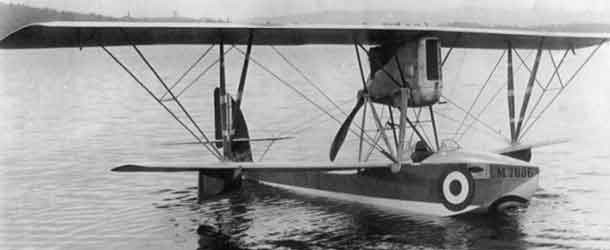
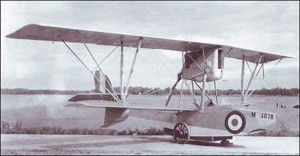
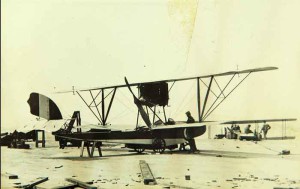
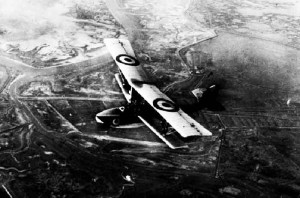
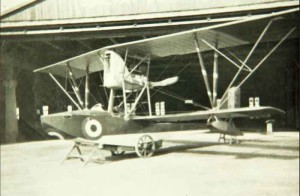







Follow Us on